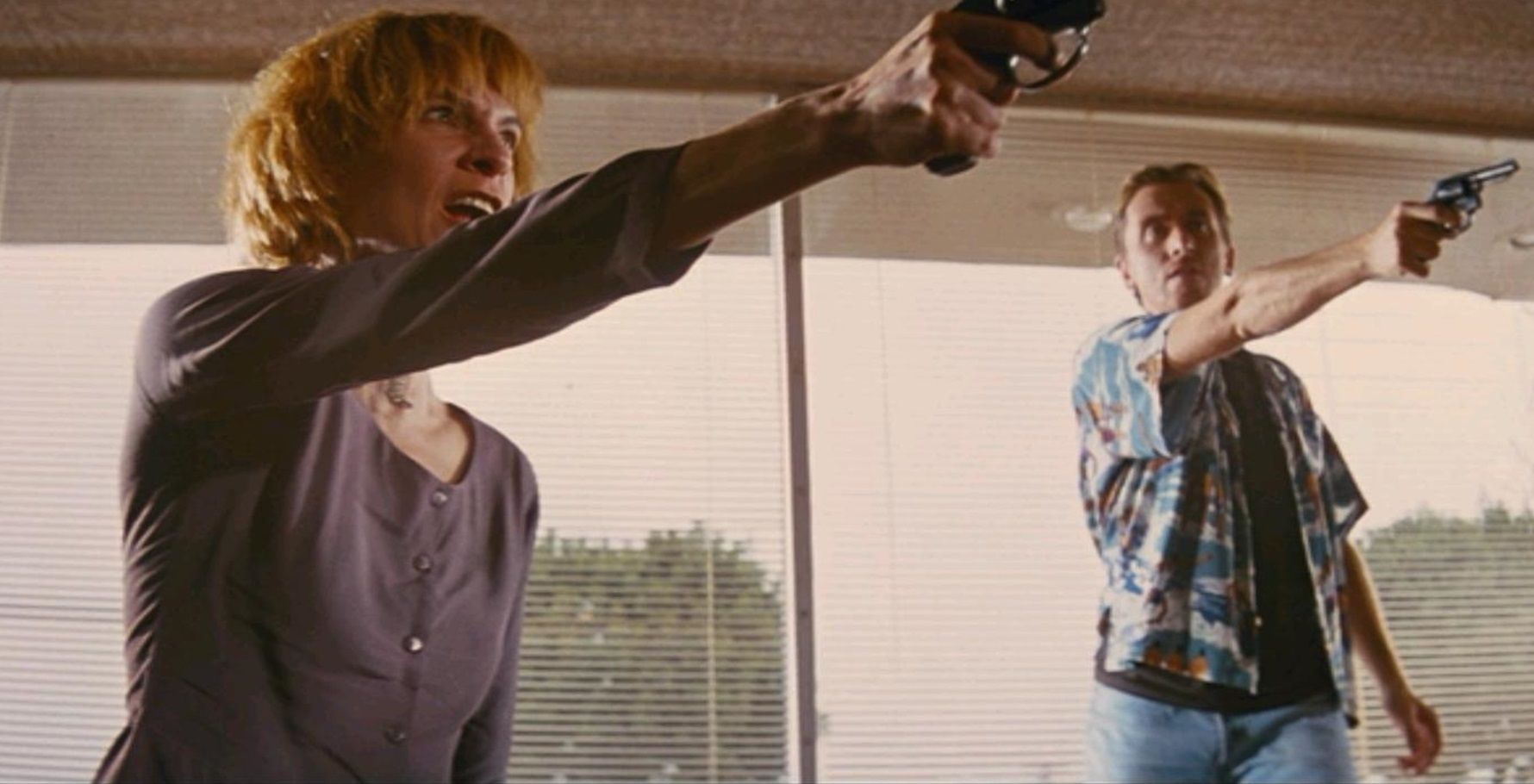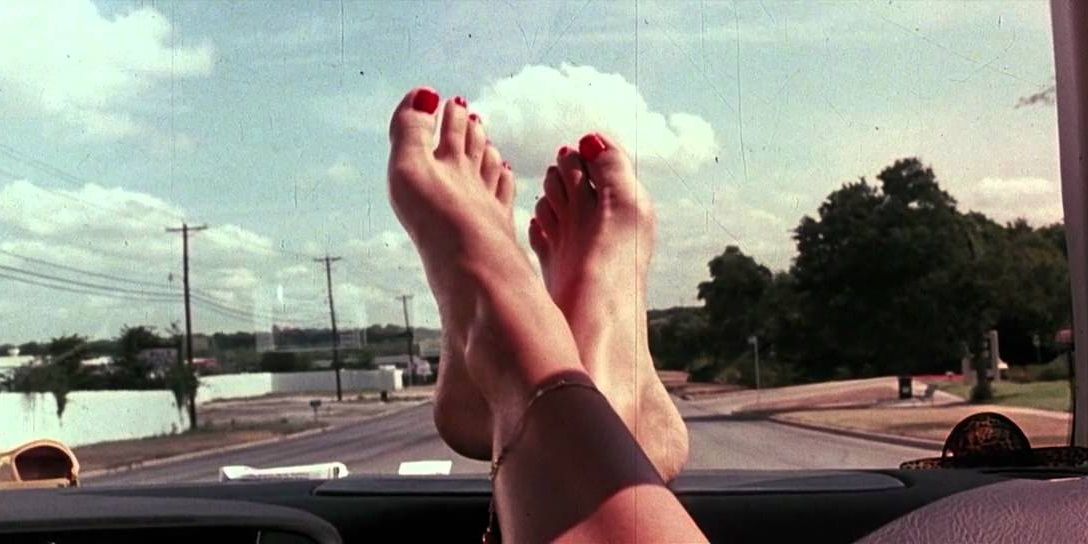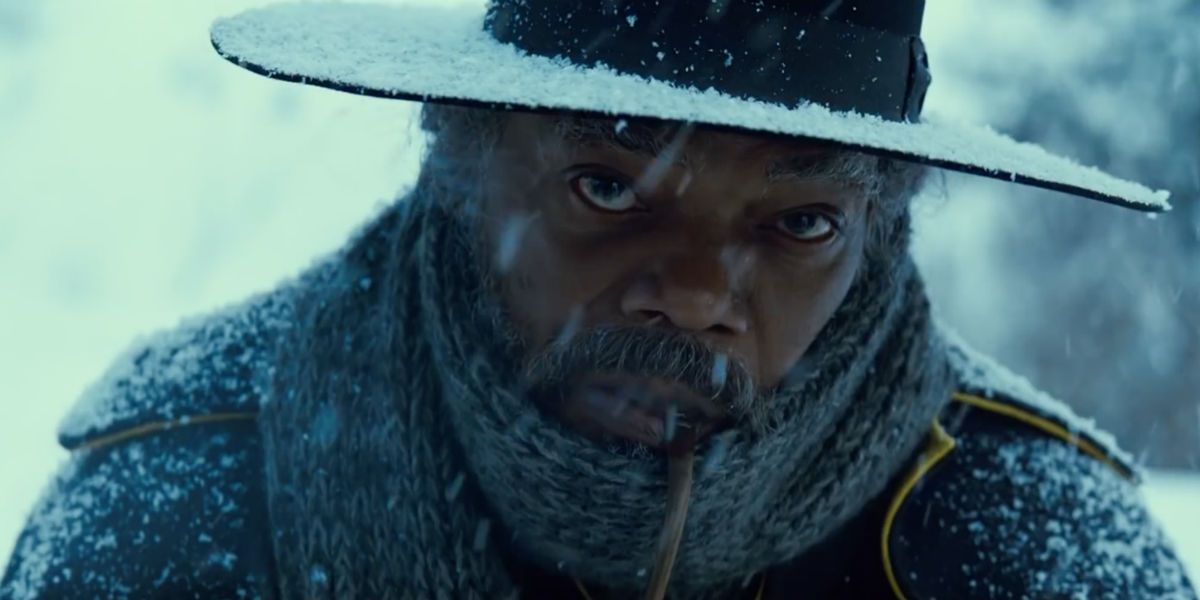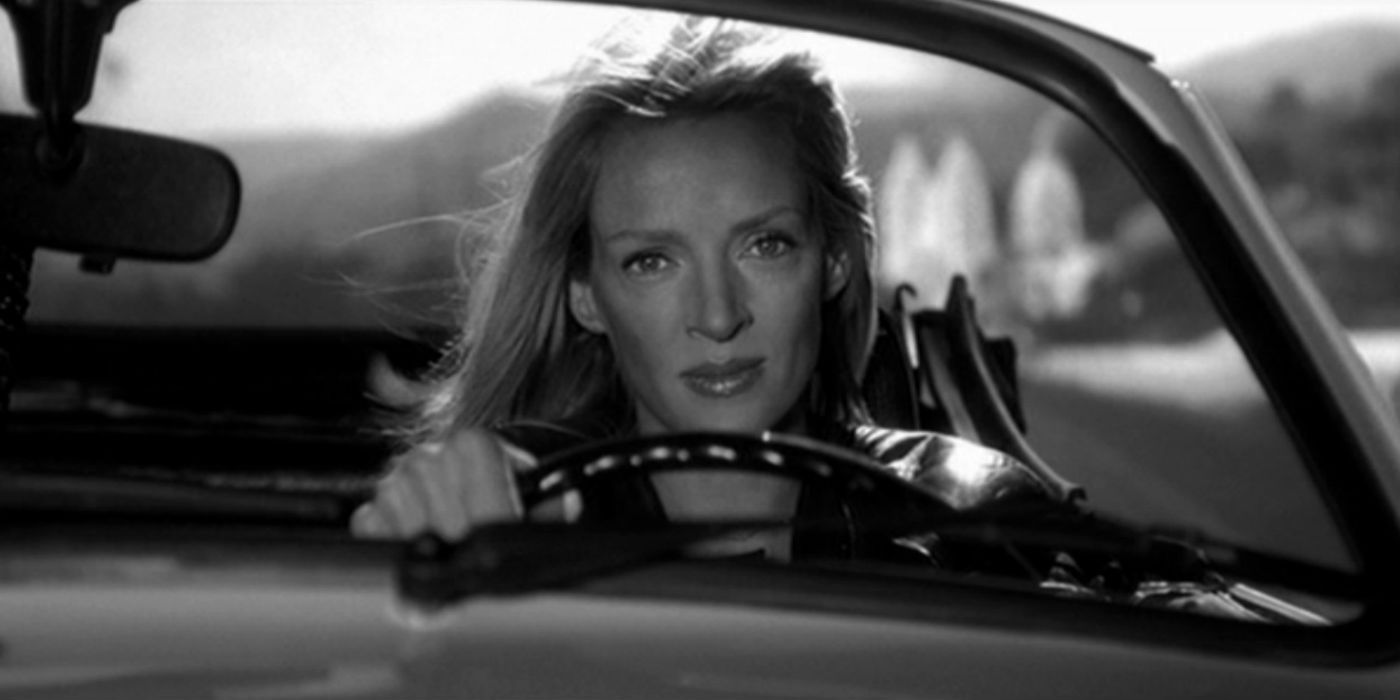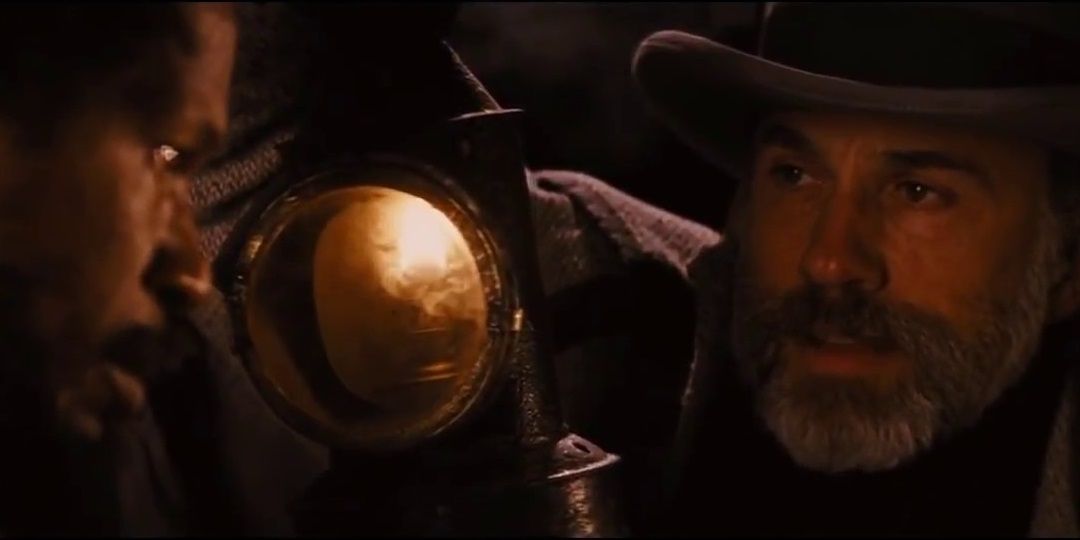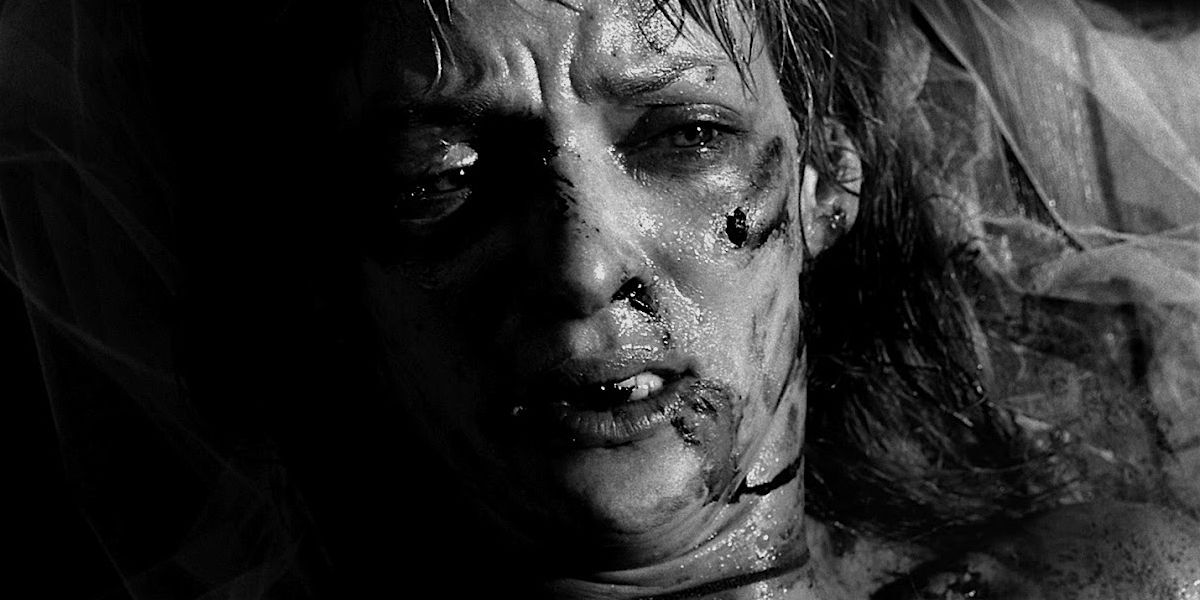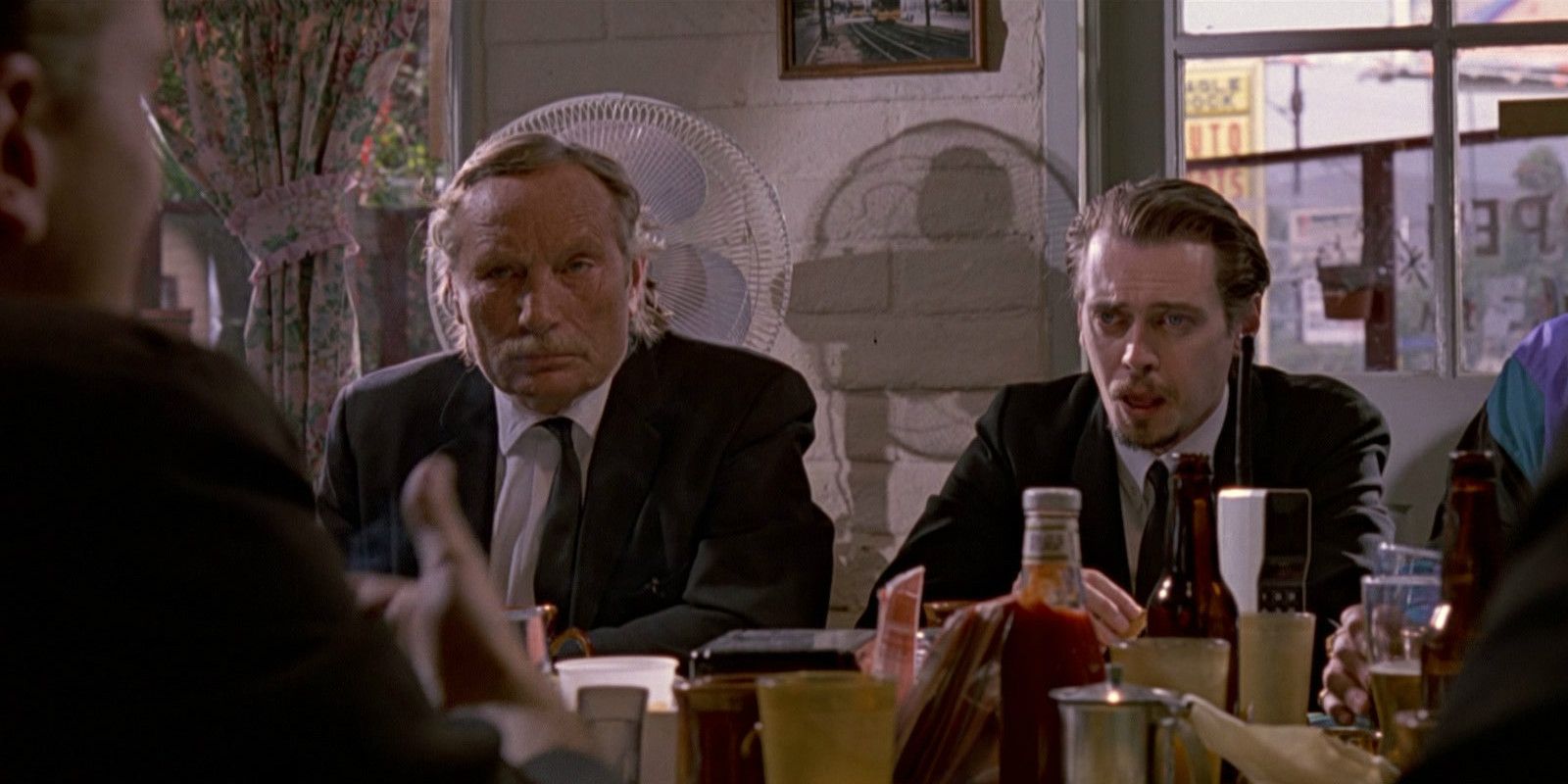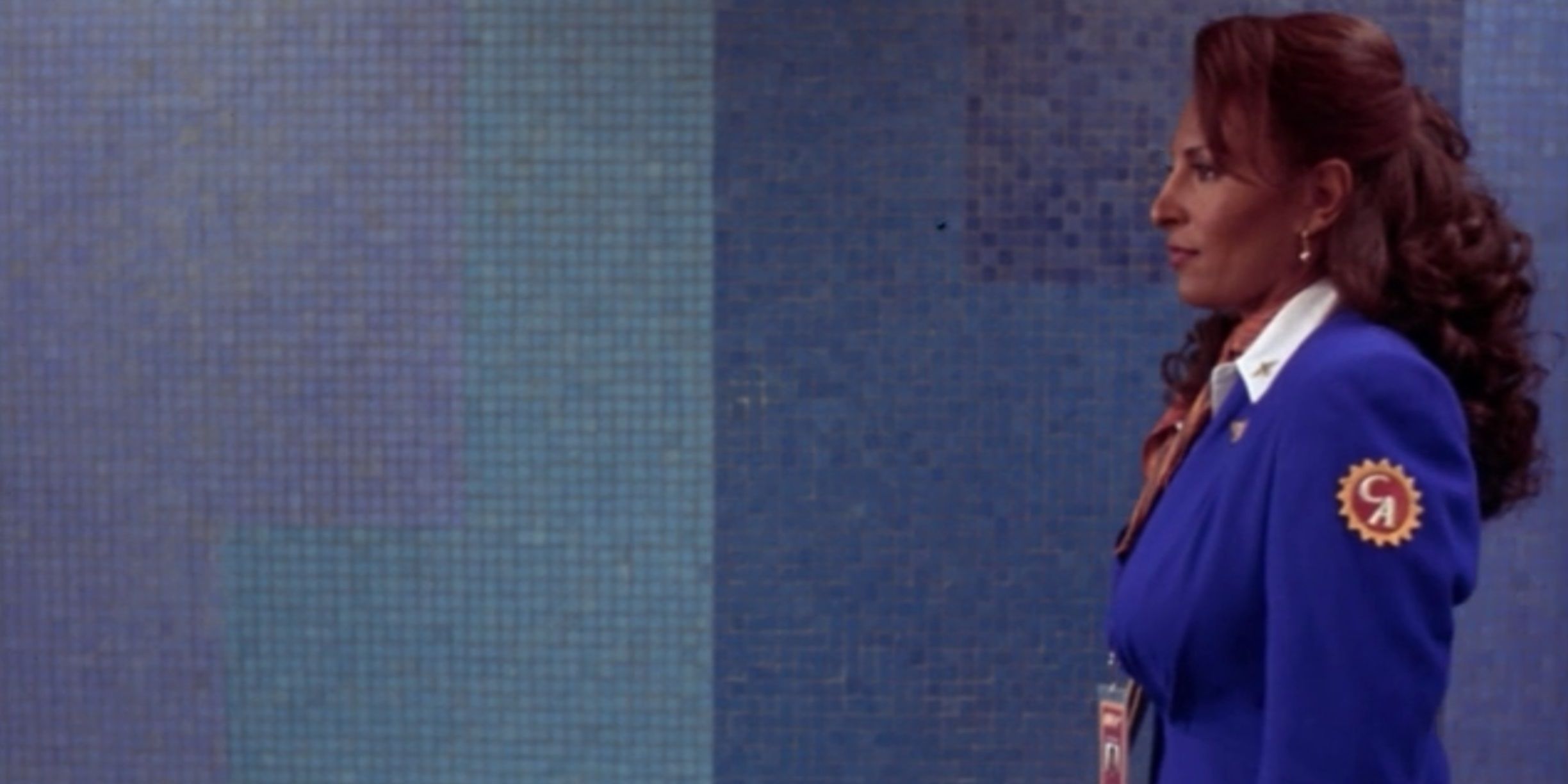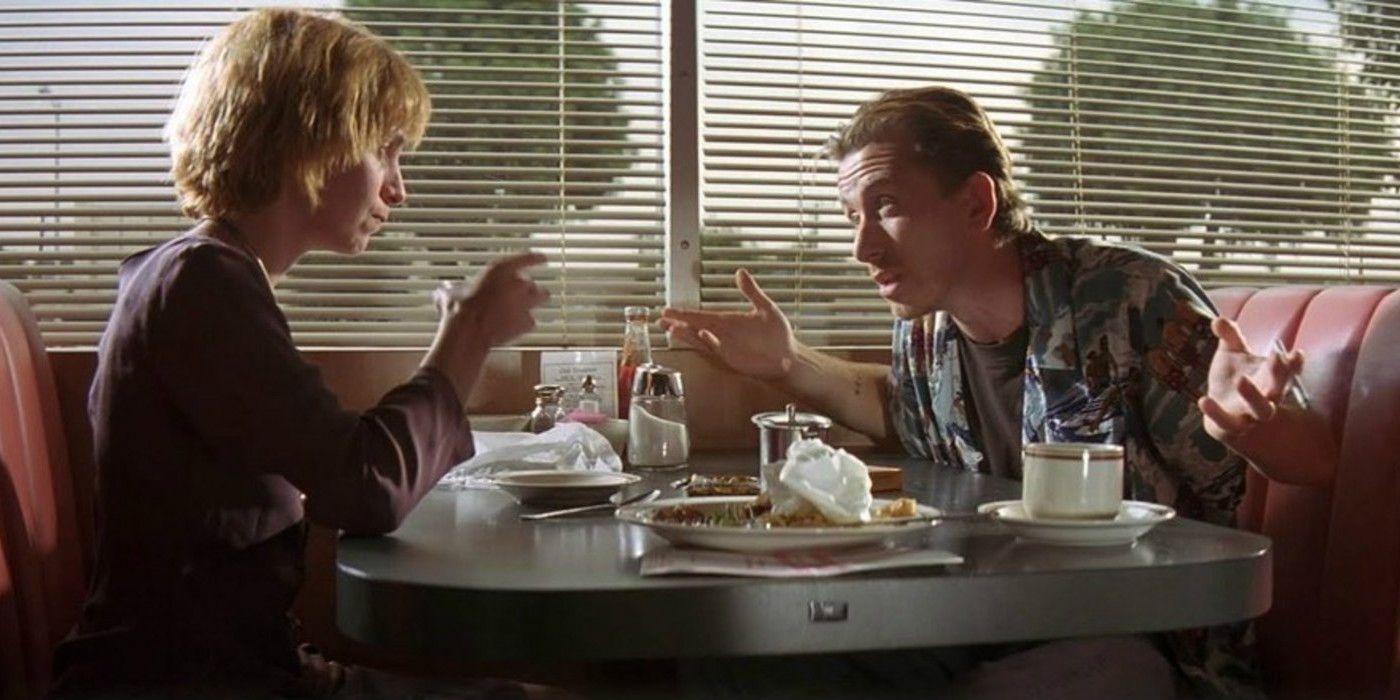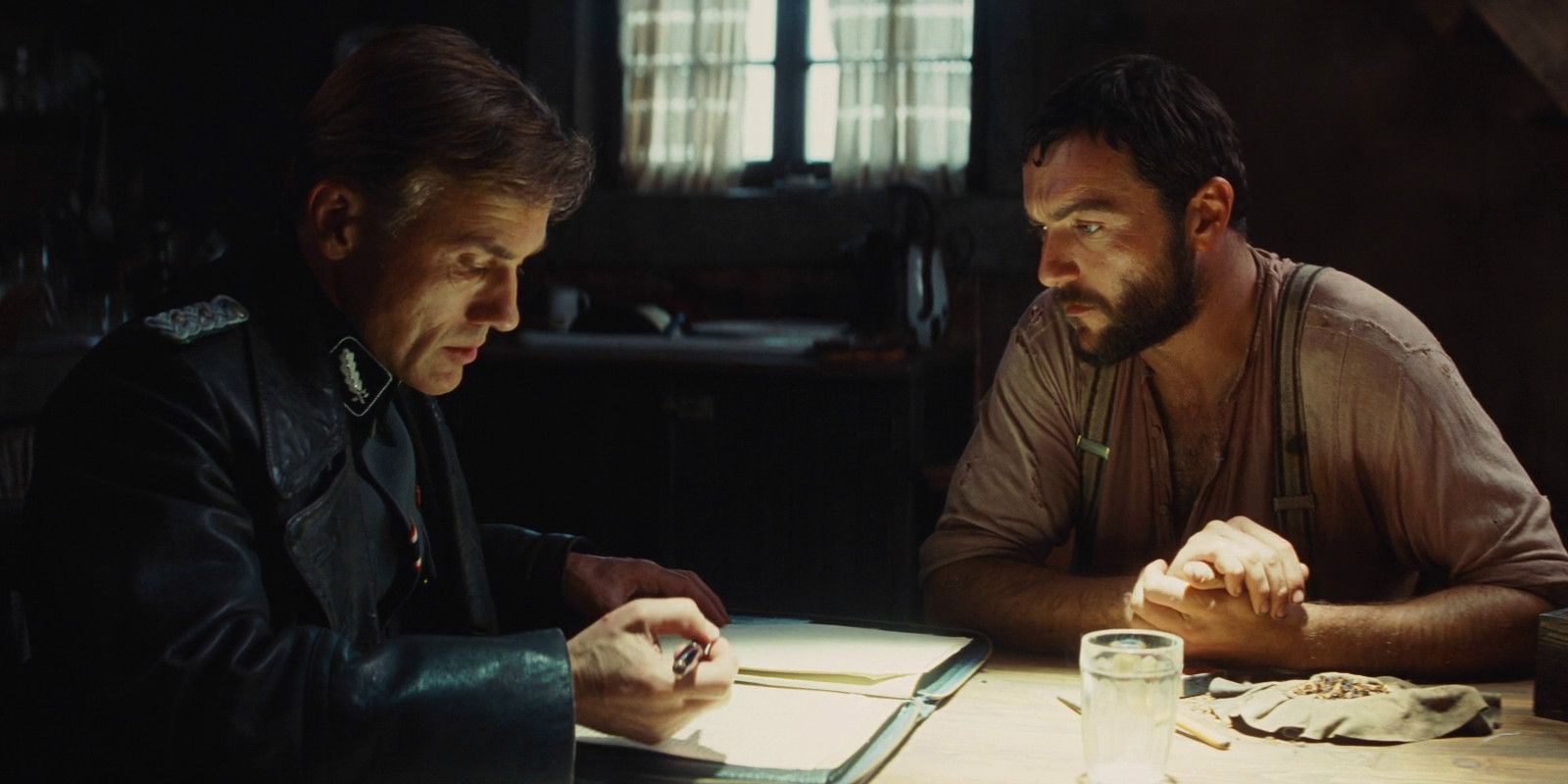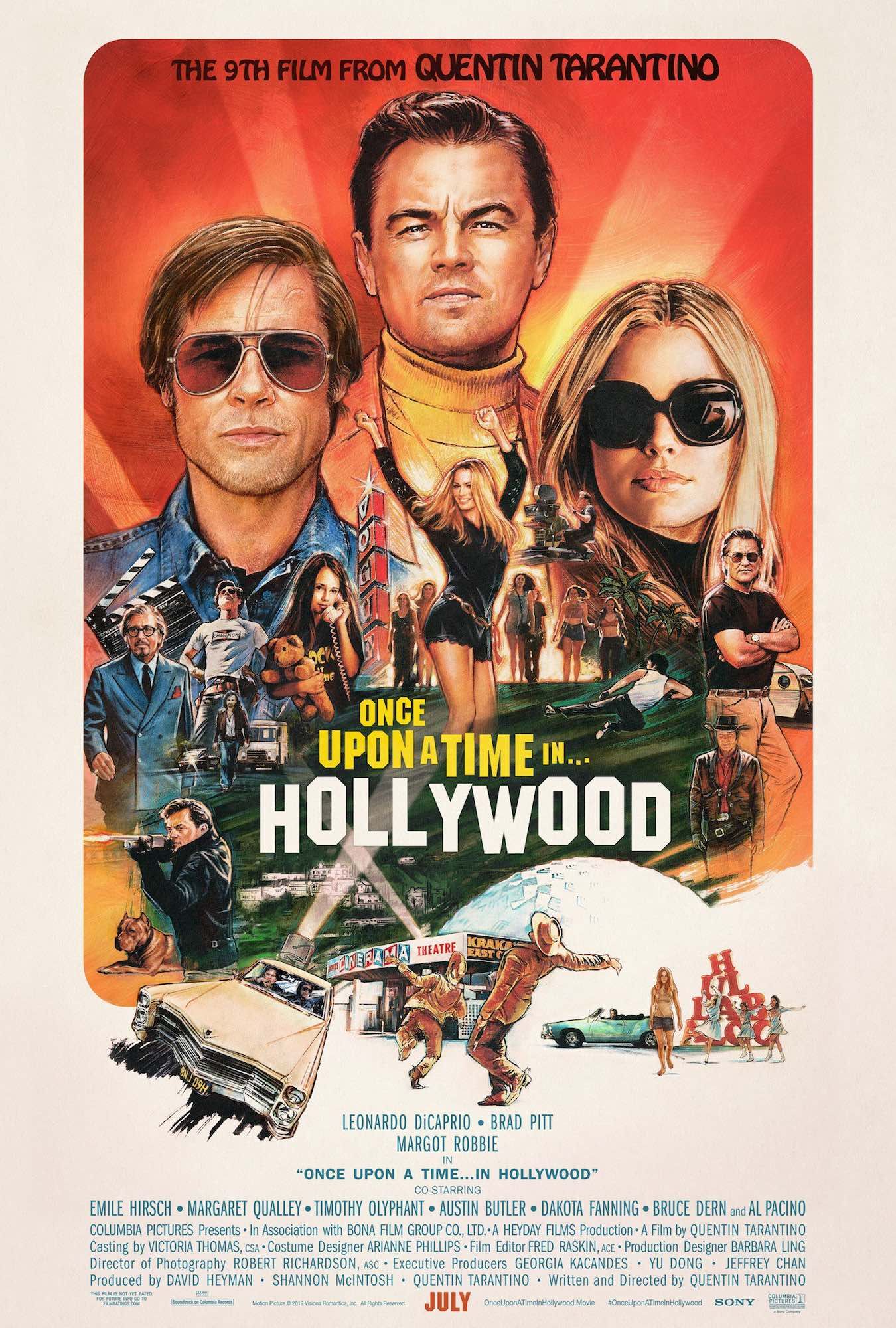The opening scene of a movie is responsible for setting the tone and style for the whole thing. If the opening scene doesn’t hook an audience, then they might not even bother to finish the film. Tone is very important in the work of Quentin Tarantino, who prides himself on having a near-spotless filmography comprising of movies that have his identity and artistic vision all over them.
Whenever he’s introducing the world to something as unusual as a spaghetti western set during World War II or a dark comedy about slavery, he needs a strong opening scene to reel you in. So, here are All Of Quentin Tarantino’s Opening Scenes, Ranked.
Death Proof
Quentin Tarantino has admitted that Death Proof isn’t a particularly great film. He has set it as the bar by which all of his subsequent films would be judged: “Death Proof has got to be the worst movie I ever make...If that’s the worst I ever get, I'm good.”
It opens with the movie’s central trio of friends driving through Texas, talking, which is the kind of scene that ends up taking up about 90% of the movie. Eventually, it becomes a drag, and while it’s not a drag yet when the movie opens, it’s not a particularly exciting way to begin a grindhouse-influence slasher movie.
The Hateful Eight
When Quentin Tarantino was writing The Hateful Eight, he didn’t want to know any more about his characters than the audience did. This experiment led to mixed results, with long, meandering segments that could’ve easily been cut down and do little to advance the plot, but it definitely helped to create a sense of mystery from the off.
In the opening scene, we see a stagecoach trundling through the bleak snowy landscape, only to come across Samuel L. Jackson’s bounty hunter character sitting on a pile of dead bodies. It was an exciting way to open the film and bait viewers to want to know more, while Ennio Morricone’s eerie soundtrack sets the mood beautifully.
Kill Bill: Volume 2
The second part of Quentin Tarantino’s wuxia epic Kill Bill opens four years before the events of the first one. The Bride is rehearsing her wedding, then she pops outside and has a conversation with Bill on the front steps of the chapel.
But before that frankly slow and cumbersome scene, we get a black-and-white shot of the Bride driving on her way to kill Bill, jumping forward to the end of the movie. She looks at the camera with a determined expression, accompanied by a monologue recapping the events of the first movie, which is delivered expertly by Uma Thurman.
Django Unchained
Quentin Tarantino’s revisionist spaghetti western Django Unchained opens with Django among a group of slaves being transported through the woods on foot by slavers Ace and Dicky Speck on horseback. Dr. King Schultz arrives, looking for a slave with knowledge of his latest bounties, and Django says he was once owned by them.
So, Dr. Schultz frees him, kills one of the Speck brothers, and injures the other. He leaves the surviving Speck brother in the hands of the other slaves as he disappears into the night with Django. The scene sets up the movie’s premise in sharpish manner, establishing the lead characters and their relationship, as well as the film’s violent tone and theme of historical revenge.
Kill Bill: Volume 1
The opening scene of Kill Bill: Volume 1 is much more minimalist than the average Tarantino scene and it also leaves much more to the imagination than a lot of his others. It’s a simple, locked-off closeup shot of the Bride’s bloodied face in black-and-white. She’s shaking, seething with anger, and Bill speaks to her from off-camera.
At the time, we don’t know it’s Bill, we don’t know he’s just massacred all of the Bride’s family and friends at her own wedding, and we don’t know why he’s tormenting her so much. Ending the opening scene on your lead protagonist getting shot in the head before calmly cutting to the opening credits to the soothing (yet chilling, at least in the context) sounds of Nancy Sinatra is a powerful way to start a movie.
Reservoir Dogs
The opening diner scene of Reservoir Dogs introduced indie cinema audiences everywhere to the curious world of Quentin Tarantino. In the Tarantino-verse, gangsters aren’t gruff guys who are all business and have one-note emotions. They’re just regular guys who get breakfast and talking about Madonna and whether or not to tip a waitress.
The actors all play their roles brilliantly, from Steve Buscemi’s miserly, argumentative Mr. Pink to Chris Penn’s lively, affable Nice Guy Eddie, and the camera moves deftly around the table from character to character to truly capture the feel of a group conversation. It’s a quiet way to open a crime thriller, but isn’t that kind of the point?
Jackie Brown
At the beginning of Jackie Brown, we track the title character through an airport terminal on a travelator as the opening credits appear beside her. The shot is an homage to The Graduate, with the only difference being that the soundtrack has been swapped out for Bobby Womack’s “Across 110th Street.”
Womack’s title track from the blaxploitation film of the same name settles us in for a movie that, by Tarantino’s own admission, takes inspiration from the blaxploitation genre without being a blaxploitation film itself. Just like Womack’s voice soothes us, so does the sight of Pam Grier floating through an airport.
Pulp Fiction
The opening scene of Pulp Fiction sets the tone for the whole movie perfectly, and that was a pretty tall order, since the movie has a style entirely of its own. Tim Roth and Amanda Plummer play their roles as Pumpkin and Honey Bunny spectacularly, discussing whether or not robbing a diner would be a safer bet than robbing a bank before robbing the diner they’re currently sitting in.
What really sells the tone and straps you in for a rollicking cinematic ride is the final freeze frame before the opening credits as Dick Dale’s “Misirlou” blares onto the soundtrack. Tarantino’s intention with surf rock was to make Pulp Fiction feel like an urban spaghetti western, and frankly, he succeeded.
Inglourious Basterds
The first scene of Quentin Tarantino’s darkly comic revisionist war epic Inglourious Basterds might just be the director’s finest scene, period. There’s a lot of dialogue, but it’s undercut with some serious tension. While Hans Landa and a nervous dairy farmer jump back and forth between multilingual pleasantries, we know that there are Jews hiding under the floorboards, so even though the conversation itself isn’t particularly riveting, the scene is.
There’s an overriding intensity that permeates throughout the whole thing. It’s all about context – and Christoph Waltz plays the role of the sadistic S.S. colonel with irresistible charm, yet undeniable menace.

